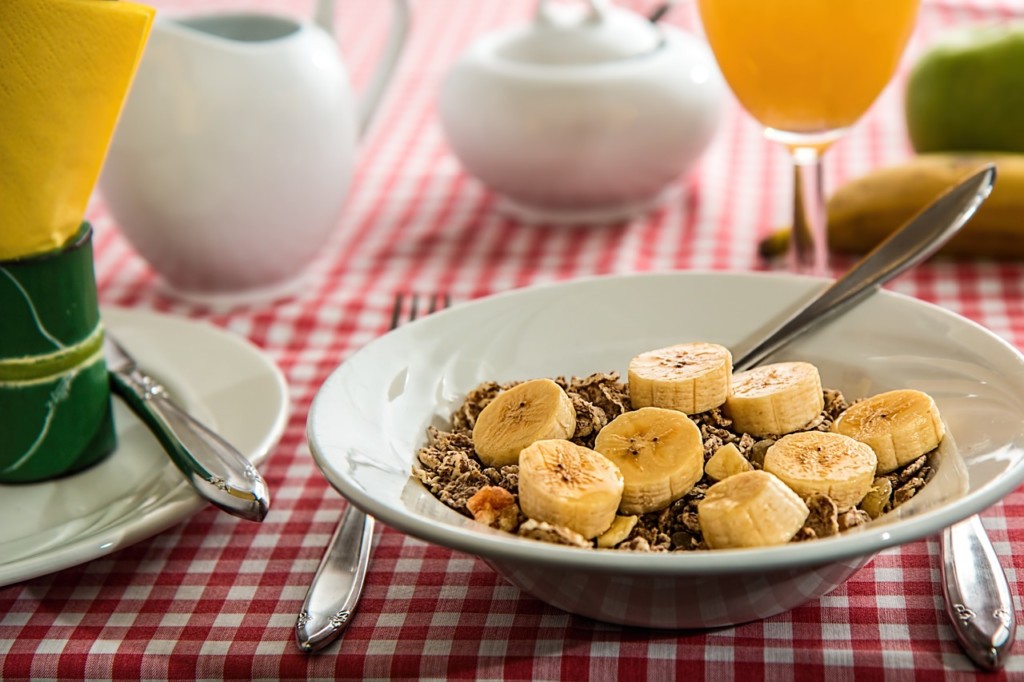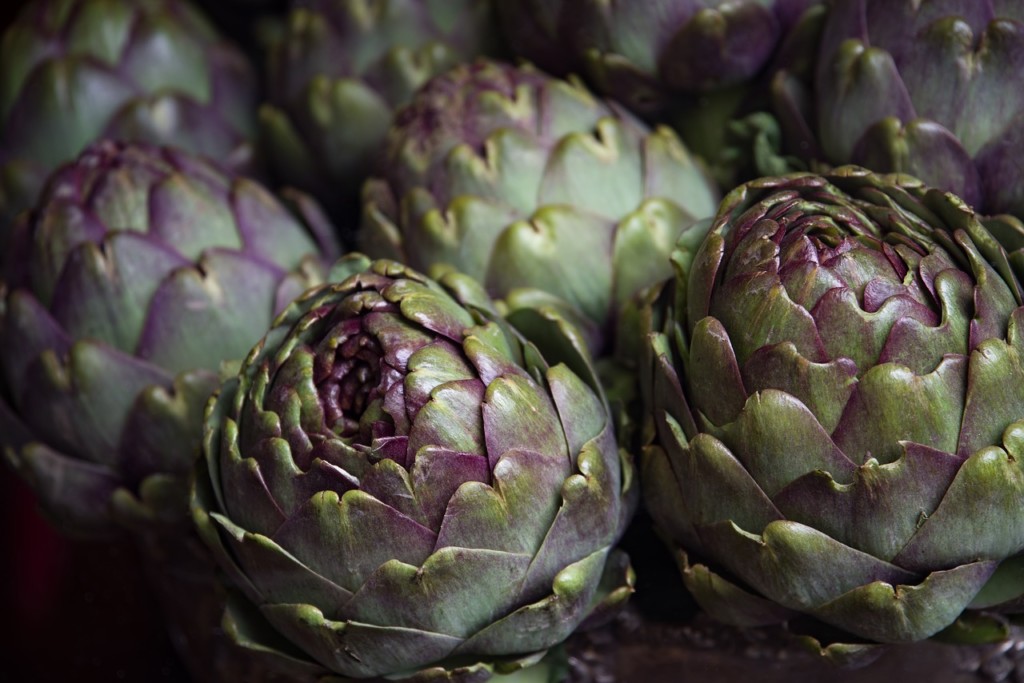In this chapter, we address the question of fibersthese molecules belong to the carbohydrate familywhich are of particular interest to the organism, particularly in terms of the transit.
We'll start by defining what we mean by dietary fibersbefore taking a closer look at how they work and what they do. virtuesand generally recommended daily allowances.
This content is part of the guide Blooness, the guide to the ideal human diet, the summary of which you can find here 🌱🥑
Definition of dietary fiber
What is fiber? Fiber, contained in plants (leaves, roots, fruit skins), are used to a particular type of carbohydratescalled polysaccharides (more or less long chains of different simple sugars), which provide almost no energy. no energyunlike other carbohydrates, because the body is unable to assimilate them.

So what are they good for, and why are we recommended to eat them? Because they play an important role in the intestinal transit by reducing the constipationand in the rate regulation blood glucose because they slow down the absorption of other carbohydrates.
Take control of your diet and never miss another chapter of the guide by subscribing to the Blooness newsletter 🙌
Remember, in the chapter on carbohydrates, we saw that a hormone, insulin, was responsible for reducing glycemia, i.e. the level of sugar circulating in the blood, for the good of the body. By slowing down the absorption of other carbohydrates, fibre helps to "smooth out" insulin peaks. The benefits could be threefold:
- be gentle on insulin, so as not to impair its long-term efficacy
- distribute energy from carbohydrate metabolism more continuously
- reduce the storage of carbohydrates in fats.
Fiber prevents weight gain, cardiovascular disease, colon cancer and type II diabetes.
There are three types of fiber: insoluble fiber, soluble fiber and fructans, which are included in soluble fiber.
Insoluble fibers
They are so called because they travel through the digestive tract without dissolving in water, but rather absorbing it, causing them to swell, thus stimulating the passage of food through the stomach and intestine, and speed up bowel movements. They are therefore recommended for constipation, but not for diarrhea.
The best known are lignin, cellulose and hemicellulose.
Foods containing insoluble fibre
It's mainly found in certain wholegrain cereals, which contain between 7 and 15% of insoluble fiber (particularly wheat bran, since fiber is contained in the husk of the grain), oilseeds (almond skins, for example), wholegrain pasta, spelt, kamut, linseed, leaves, roots, broccoli, Brussels sprouts, asparagus and pears,
dates, dried figs and prunes, as well as in fruit and vegetables. vegetables (apple skins, etc.) and pulses such as chickpeas and lentils.

Soluble fibers
Soluble fiber disperses in water and forms a gel in the intestine during digestion, helping to regulate the absorption of cholesterol and dietary fats, and slow the digestion of carbohydrates.
They prolong the feeling of satiety, promote balanced intestinal flora and are recommended for preventing the risk of digestive cancers, particularly colorectal cancer.
The best known are pectins, gums and mucilages.
Foods containing soluble fiber
They are found in particular in legumes (kidney and white beans), pulses, certain cereals such as barley, oats and rye, as well as fruit (dried figs, prunes, apples, quince, oranges) and vegetables (carrots, zucchinis, asparagus).

Top fiber-rich foods (soluble and insoluble)

What is the recommended fibre intake?
According to official recommendations, at least 25 to 30g of fiber per day is recommended for a healthy adult, and health authorities sometimes recommend as much as 30 to 45g of fiber per day.
Fructan
Fructans are soluble fibers made up of short chains of fructoseThis simple sugar is found naturally in fruit and honey. They constitute the carbohydrate reserve of certain plants.
Fructan is a soluble fiber, it is not assimilated by the human organismand is therefore calorie-free. It comprises fructo-oligosaccharides (FOS) on the one hand, and inulin on the other.

Inulin, like soluble fibers, forms a viscous gel that slows down the absorption of food. lipids and carbohydrates, normally promotes digestion and transit, and improves intestinal flora.
Fructo-oligosaccharides (FOS) help to maintain satiety and lower blood sugar levels. However, like gluten, some people have a tendency to digest them poorly.
Fructan-rich foods
Fructan is found in garlic, onions, chicory, artichokes, asparagus, barley, leeks...
The central question of fiber and carbohydrates
Now that fiber and carbohydrates (discussed in the previous chapter) are no longer a mystery to you, we feel it's important to clearly summarize the difference between the two, and how to approach them as part of your diet.
Carbohydrate summary
To put it simply, here are the most important points to include when understanding how to incorporate fiber and carbohydrates into your diet.
Carbohydrates are the body's preferred suppliers of energy. They exist in "simple" or "fast" form, mainly in sweet products and fruit, and trigger a fairly high insulin spike if consumed in quantity.
They are also found in complex form in starches, foods made up of starch and complex carbohydrates, which trigger insulin spikes of varying intensity depending on the type of food. Complex carbohydrates are found in well-known starchy foods such as cereals (wheat, oats, etc.), pseudo-cereals (buckwheat, quinoa), legumes (chickpeas, lentils, beans, etc.), certain fruits (bananas, chestnuts) and certain tuber vegetables (potatoes, sweet potatoes, yams, Jerusalem artichokes, manioc, parsnips, etc.). Carbohydrates are also found in many processed products (cookies, bread, pasta, potato chips, etc.).
Fiber summary
Then, still in the carbohydrate category, we find fiber, which, unlike carbohydrates, is not or only partially metabolized by the body, and therefore does not create energy in the strict sense of the word. Fibers have complementary benefits for the body, such as their contribution of minerals and vitaminsbut have little caloric impact.
Fiber is found mainly in vegetables and starchy foods.
Carbohydrates VS fiber
The fundamental difference between carbohydrates and fiber lies in their energy content. As previously stated, fiber is not absorbed by the body, and therefore causes little or no glycemic or insulin response. On the contrary, it has a beneficial effect in that it slows down the absorption of simple and complex carbohydrates, and therefore helps to spare the insulin hormone and regulate blood sugar levels.
However, the difficulty lies in the fact that fiber and complex carbohydrates such as starch are found in similar ingredients. In other words, a single food can provide both complex carbohydrates and fiber, which makes it difficult to control intake.
The challenge is to know more or less which foods are richest in complex carbohydrates - and all the better if they also contain fibre - and which are richest in fibre and least rich in complex carbohydrates, so as to be able to adjust your energy intake according to your needs. Indeed, too high an intake of simple and complex carbohydrates, and too low an intake of fiber, could have deleterious effects on the body, especially for sedentary people. But we'll come back to this in the chapters dedicated to low-carb diets, as well as in that on theMediterranean diet (rich in fiber from starchy foods and vegetables).
Next chapter: proteins.
Previous chapter: carbohydrates.

